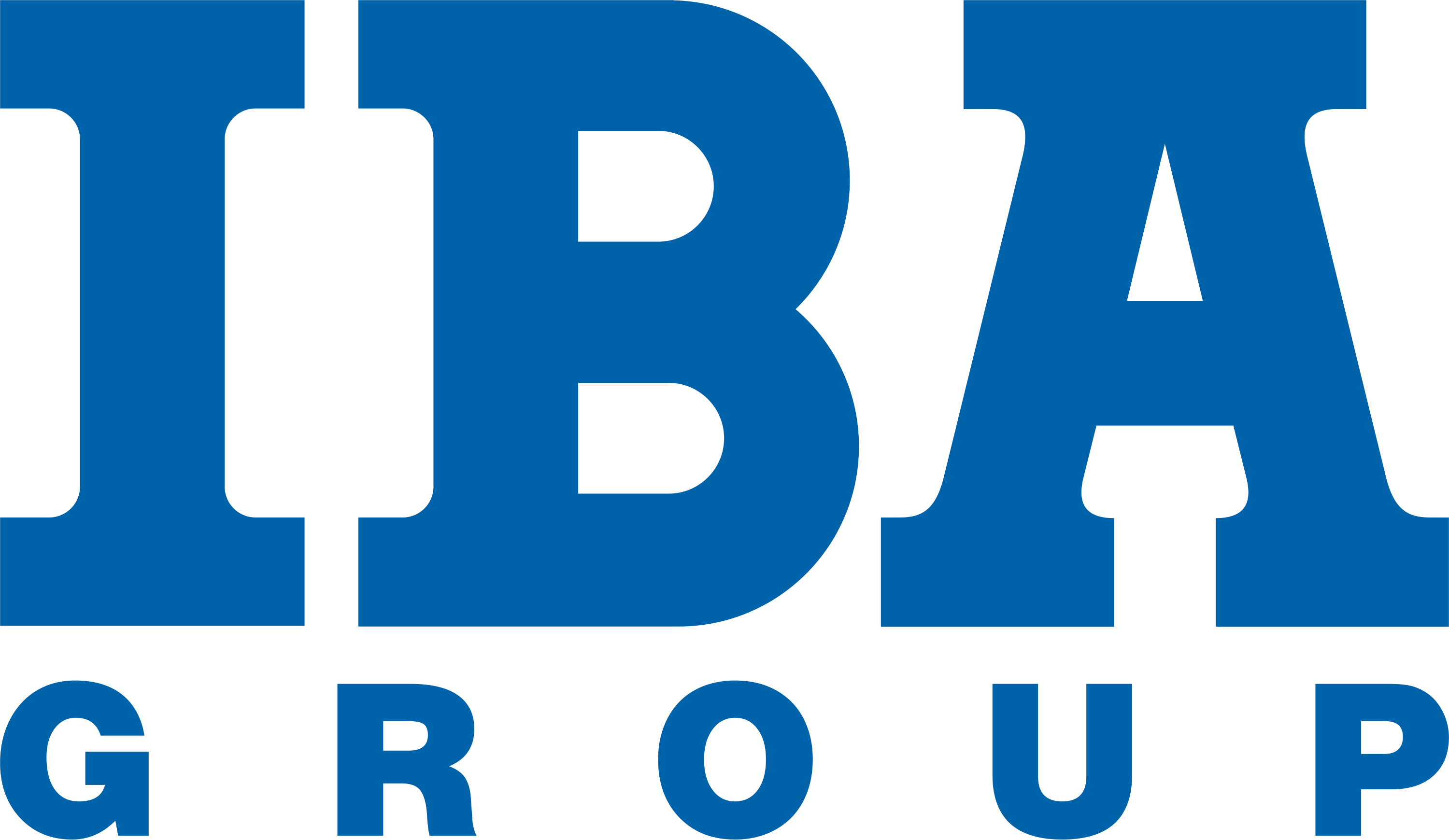Modern organisations rely on enterprise software to build the backbone of the business, as a well-designed and selected solution can be a strategic game-changer for the efficiency and output of the company.
Of course, enterprise software isn't something to be taken lightly, as it requires both significant investment and huge commitment. After all, the budget must encompass not only the cost of the software, but also training, updates and security costs.
According to Dimitri Denissiouk, Managing Director at IBA South Africa, companies seeking to purchase enterprise software should consider the following, to help them choose the best type of software for their needs.
“Enterprise software is designed to meet a complex business need, such as helping your team manage and automate core business processes like human resources, inventory management, accounting, customer relationship management (CRM), enterprise resource planning (ERP) systems or supply chain management (SCM),” he says.
“Therefore, an important aspect to consider is scalability. The software should be able to handle additional users, higher volumes of data and more complex operations, as your company's needs evolve and scale up. It should further be able to integrate with your other systems, software and tools, such as your corporate CRM solution.”
Denissiouk notes that the software should also be customisable in order to meet your company's specific and individual needs. He adds that security and protection are equally vital. Enterprise software is designed to house and protect your sensitive customer and business data, so best practice security measures are crucial when handling client and business information.
“Accessibility is also necessary, since the software needs to be available to multiple users at any given time, who may be using it from different locations. Ease of use is another make-or-break factor in deciding which software to purchase.
“It’s worth noting that often, business owners do not recognise the full spectrum of automated and streamlined opportunities their chosen software offers or understand how it will help the day-to-day operations and business needs. It's common to hear of companies that invest in enterprise software but don't recognise the capabilities, and so they end up underutilising their investment.”
He advises business owners seeking to purchase such software to evaluate their business process needs as a first step. This entails looking at the core business processes that the enterprise software needs to handle. Then, similarly, looking at the features and functionality of the enterprise software being assessed.
“Ask yourself: does it offer everything I need to support my business goals? Can the software handle the volume of data required? Can it support the number of users simultaneously without impeding performance?
“It’s also vital to consider the future needs of your business. Enterprise software is often a multi-year investment, so make a choice that supports your company’s needs for both today and tomorrow,” he adds.
Look at your current technology stack and assess how the enterprise software may integrate with existing applications, continues Denissiouk. Ideally, most companies need a seamless flow of data between departments.
“In order to streamline operations and improve efficiency, the success of the software ultimately depends on the user experience – how easy or how difficult it is to use the new software. You should consider whether your team will require extensive training, both before and potentially after implementation, and whether such training can be undertaken without significant disruption to operations.
“No matter what software you choose in the end, it should meet all industry standards and regulations to ensure your data is protected from threats and bad actors – remember, you aren't only protecting your data, but also your company's reputation,” he states.
The enterprise must also decide whether to adopt open source or closed source software. Open source often provides additional flexibility and customisation options. Closed-source, however, is more secure, with dedicated vendors to assist you when issues arise.
“There’s no doubt that enterprise software is a massive decision, as it involves a significant investment in both time and finances for a company. Measuring and evaluating the cost in terms of the total cost of ownership (TCO) is essential. Items like implementation costs, licence fees, ongoing maintenance and future upgrades should also factor into the broad picture,” he suggests.
“One of the biggest factors to consider is how the software may improve the customer experience (CX). Technologies like CRM, AI-driven analytics and automation can help your company offer efficient, personalised service to existing customers, while it can also boost your reputation and draw in new customers.”
He points out that with machine learning and AI, businesses can offer customer service enhancements like predictive analytics and improved response times, and they can personalise offers to meet customers where they are, and give them what they are seeking.
“In a nutshell, finding the right enterprise software isn't about looking for the most popular or robust option on the market. Instead, it's a matter of knowing your business operations and needs inside out. This will position you to make strategic decisions that advance your growth and set your organisation up for more success with a competitive advantage,” states Denissiouk.
As an example, he notes, after your organisation has pre-selected the enterprise software options that offer the necessary features and align with business requirements, the next crucial step is choosing the best fit.
“To make this decision-making process more objective and streamlined, consider this data-driven methodology. Assign weights to each evaluation criteria based on their importance to your organisation. These weights should add up to 100. The table below illustrates this methodology, making it easier to compare and contrast your shortlisted software options. Just remember that your organisation will have unique priorities, so adjust the weights accordingly.
Share
